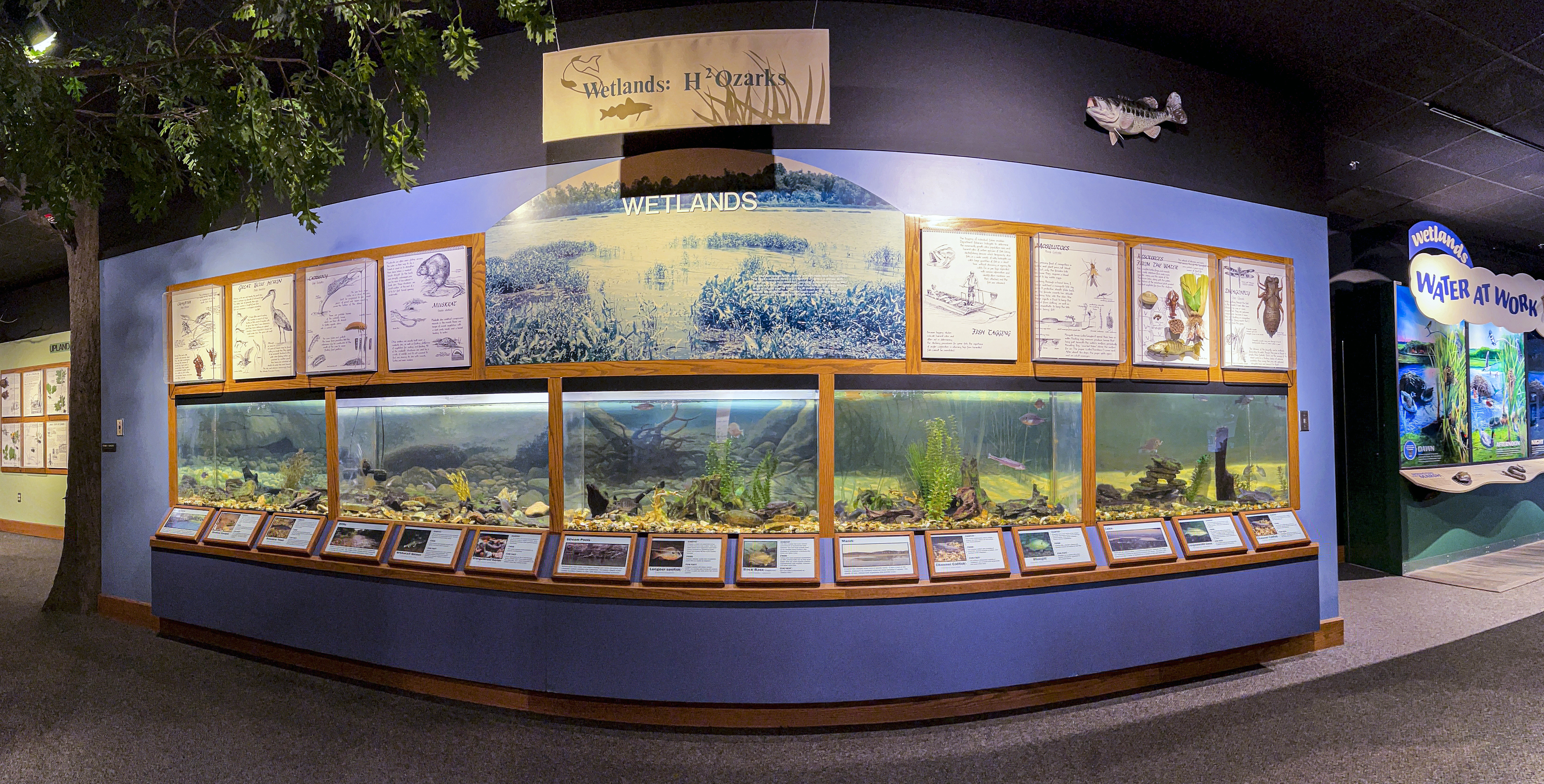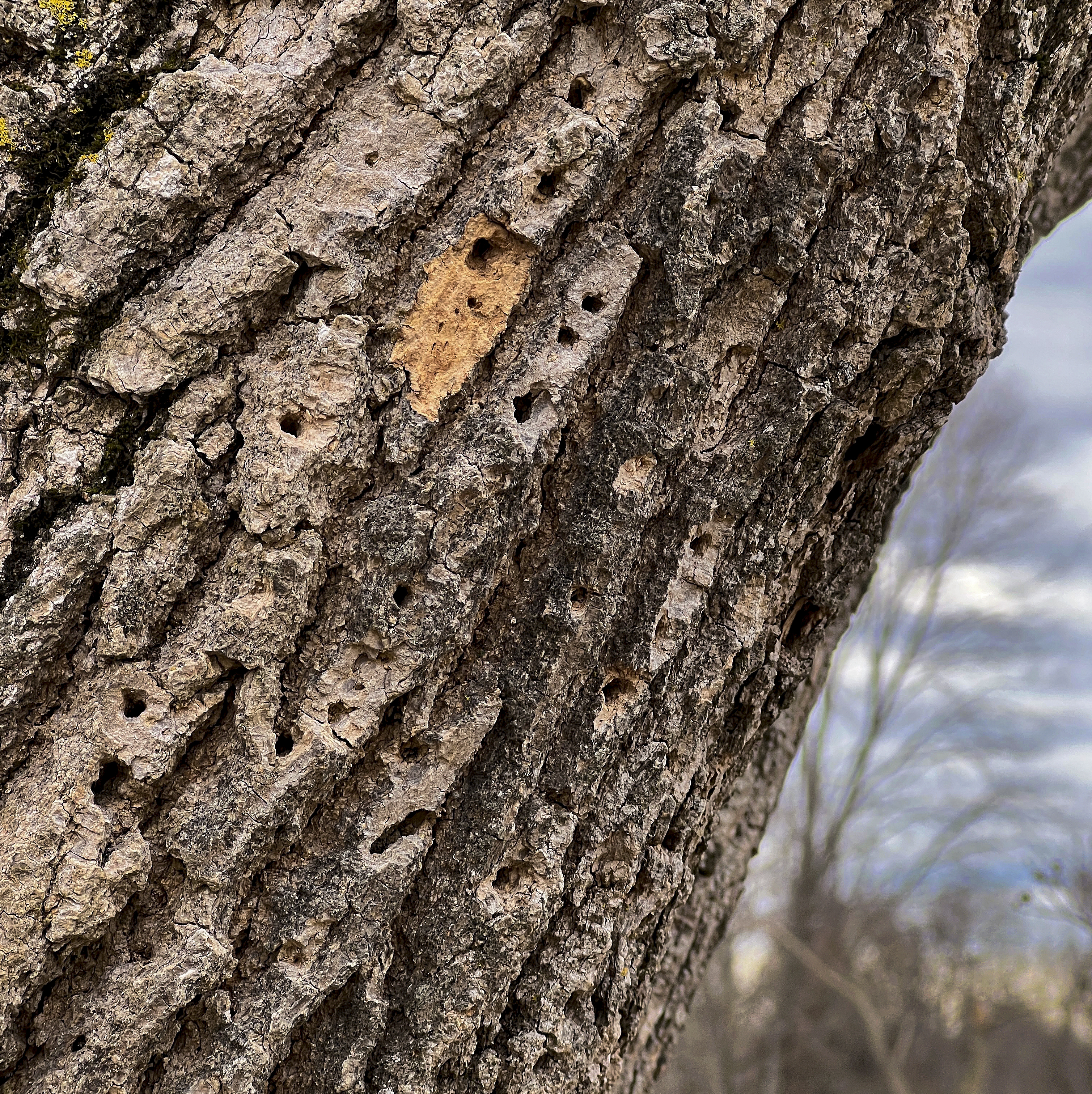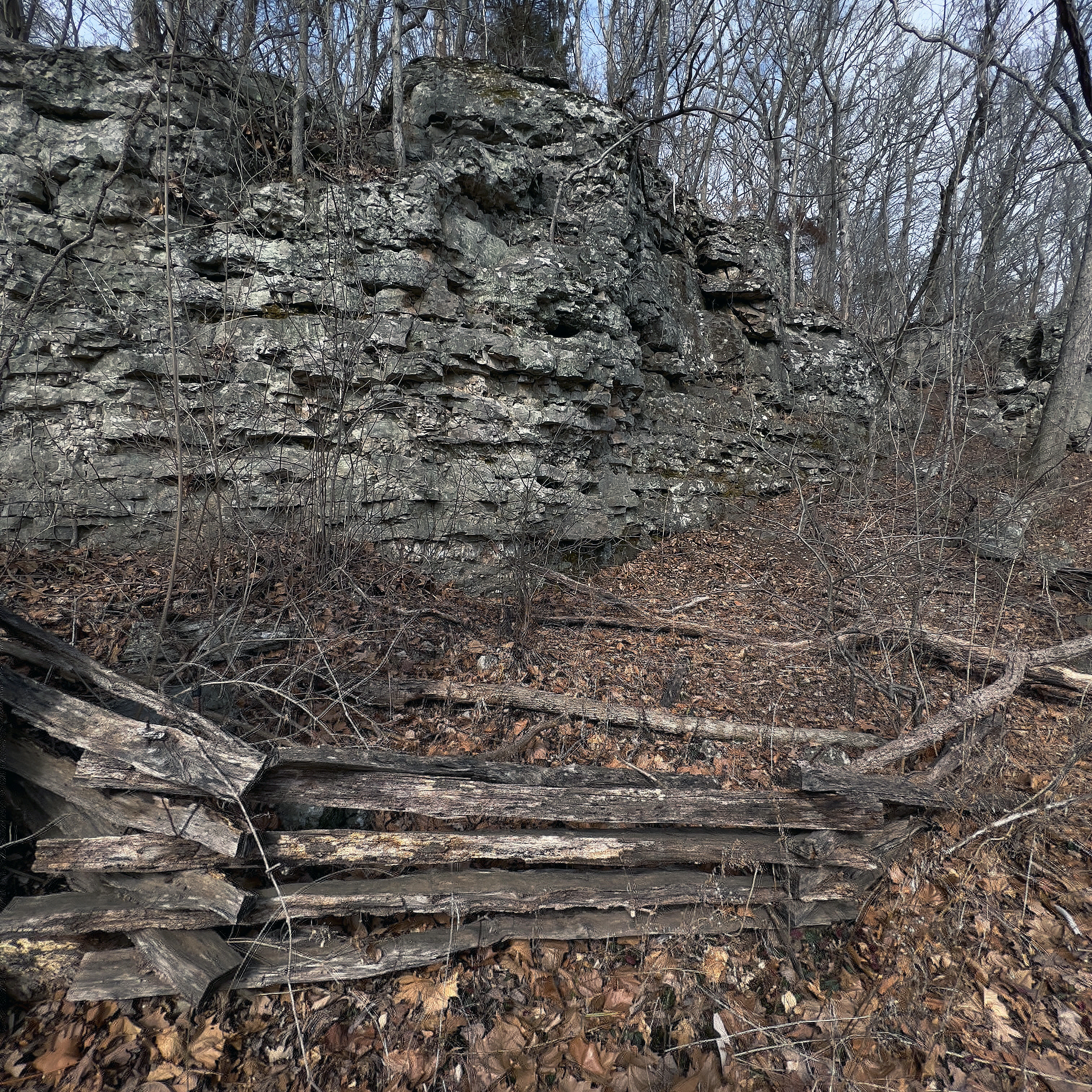Rudy Martinez cradled the 7-foot-long western rat snake in his arms and marveled at the thick snake's longevity.
The snake has been a live ambassador at the Springfield Conservation Nature Center for more than 20 years — far longer than a wild rat snake lives. Though impressively big, it's harmless — unless you're a rodent.
“Our mission is to introduce people to the outdoors and make those connections to nature,” said Martinez, the nature center's manager. “One way is through our exhibits. If you've never seen a wild snake, you have a chance to see some here.”
A replica of a big western rat snake climbing up a tree trunk, which they do in the wild to reach bird nests, greets visitors on their way to view the many live animal and educational displays.
“It does startle people occasionally,” Martinez said, eyeing the fake but realistic-looking snake. “Our snake program, where visitors can see and even touch some nonvenomous live snakes, is very popular. People leave the program knowing a lot more about them.”

It's not just the live exhibits inside the nature center building that attract some 250,000 visitors a year.
A three-mile network of hiking trails gets people out into fresh air, where it's not uncommon to see white-tailed deer, wild turkeys, big pileated woodpeckers and even the occasional bald eagle. A raised wooden boardwalk takes visitors along the edge of Lake Springfield.
The asphalt-paved trail near the boardwalk was recently changed to a gravel surface to make it safer for visitors to navigate.
“It was a huge safety improvement due to its slope,” Martinez said. “Any time it would get wet or had snow or ice it would get slippery. And in the fall, wind would blow leaves onto the trail and those are very slick on a sloped surface.”
Built in 1988 for $2.2 million by the Missouri Department of Conservation, the 78.8-acre nature center on Springfield's southeast side provided an easily accessible way to let urban residents explore and learn about the Ozarks' rich diversity of wildlife and landscapes. Many programs take place at the 150-seat auditorium.
But it's the chance to see wild critters that draw many to the nature center grounds.
“We know, because we hear them, that coyotes go through the area,” Martinez said. “They travel the natural corridor along the Galloway Creek and James River. We occasionally see foxes. Last year, we had a sighting of two gray foxes, which is a little bit uncommon. And along the lake, there are beavers. And once in a while, we'll get reports of otters, too, which are a joy to watch.”
Martinez said the nature center offers educational programs tailored to age groups from toddlers to adults. There are owl-prowl walks on the trails at night during certain times of the year, and a variety of outdoor-themed programs for area teens.
“They do a lot of outdoor skill activities like canoeing, kayaking and even snorkeling in some of our streams,” Martinez said. “People don't think about snorkeling in the Ozarks, but because of our clear water, there are great opportunities to see underwater wildlife.”
One of the most popular rooms inside the building is a glassed-in bird-watching area, where feeding stations just beyond the windows bring in a huge variety of Missouri wildlife. Deer have been seen sneaking in for a quick bird-seed snack, and wild turkeys sometimes strut in to gobble seed knocked to the ground by squirrels or other birds.
On a recent chilly winter day, visitor Betty Johnson, equipped with a pair of binoculars, said she had been a nature center volunteer for 32 years and loved watching the birds and other creatures arrive at the feeding stations.
“The best one I've seen today is a brown creeper,” Johnson said, looking up the tiny bird in her bird identification book. “They hop up and down tree trunks looking for insects. They're not unusual, but we don't see them very easily.”
Johnson described the nature center as “sort of an oasis” of the outdoor world right inside the city limits. She is surprised that many in Springfield might not even know it's here.
“I think it's a wonderful place, she said. “When I talk to those who say they've never been here or don't know about it, I just have to say, ‘where have you been?'”
The first MDC nature center to open was Kansas City's Burr Oak Woods in 1982. Springfield was the second in 1988. Powder Valley Nature Center in St. Louis opened in 1991, while Runge Nature Center in Jefferson City opened in 1993. The Cape Girardeau Nature Center in Cape Girardeau is the newest MDC nature center, opening in 2005.
Getting there: The nature center is located at 4601 Nature Center Way, just south of 60 Highway.
Hours: The nature center building is closed on Mondays. During winter, the building is open from 8 a.m. to 5 p.m., Tuesday through Saturday (Nov. 1-Feb. 29). From March 1-Oct. 31, the building is open Tuesday through Saturday from 8 a.m. to 5 p.m. and from noon to 5 p.m. on Sunday.
The hiking trails are open daily from 8 a.m. to 6 p.m. from Nov. 1-Feb. 29, and from 8 a.m. to 8 p.m. from March 1-Oct. 31.
Cost: The building and trails are free.


























